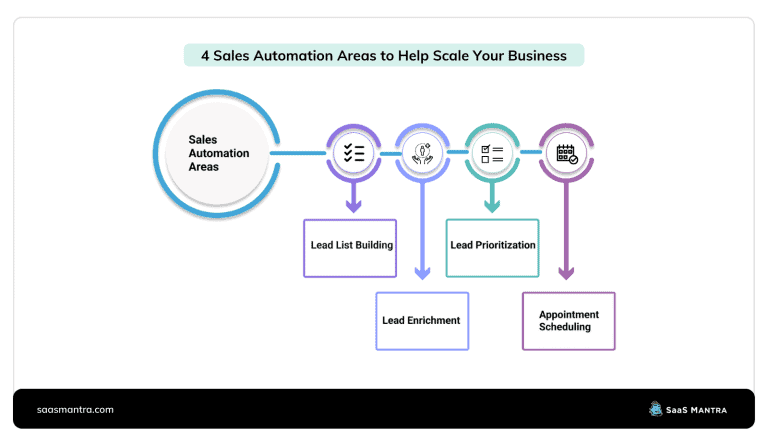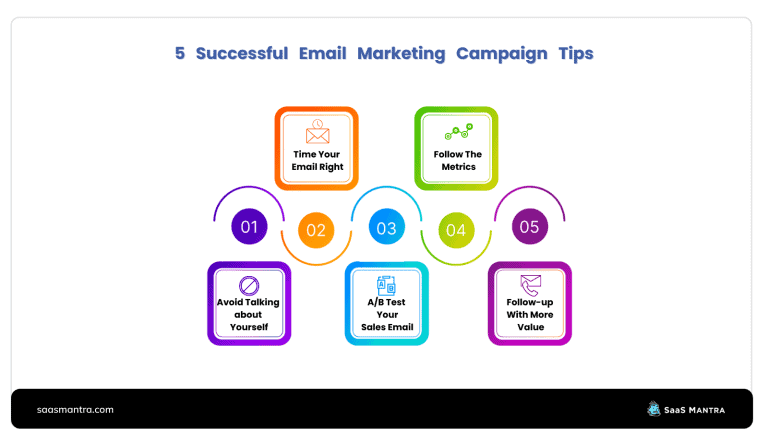What Can You Expect From a SaaS Lifetime Deals?
A SaaS lifetime deal is essentially a subscription plan where you pay once and get access forever. In other words, you don’t have to worry about renewal costs or having to change subscriptions every time you want to renew.
Instead, you only pay for the amount of services you use each month, and you never have to worry about additional fees or charges.
When choosing whether or not to sign up for a lifetime deal, consider these questions: What kind of service do I want? Will my current provider provide me with the same solution? And why should I choose them over another company?
The idea behind running a lifetime deal is to give customers discounts over time instead of offering them a single discount at the start of the relationship. This type of marketing strategy helps businesses build loyalty and trust from customers.
What is lifetime deal launch
Launching a lifetime deal program is an excellent way to expand your customer base and increase revenue.
A lifetime deal is an offer that lasts forever. Like a free trial or discount plan, it’s meant to serve as a commitment from a seller to provide ongoing service at no cost to the buyer.
The goal is to gain new customers through the lifetime of the offer without having to pay upfront.
If you want to successfully launch your new company, you will need to focus on two key areas: marketing and revenue generation.
Customers for Life
Building loyalty starts with customer experience. If your brand offers great customer service, then your customers will return over and over again.
This is why creating a relationship-based strategy is important. By building trust with your customers, you will earn their loyalty.
The revenue ceiling
Revenue (or Gross Margin) is the total amount of money your company earns before accounting for differences.
In other words, it is the amount of money left over after paying out costs such as salaries, marketing, and customer support.
Importance of Revenue
Revenue is important because it tells us how profitable our business is. It’s also important to know how much revenue your business generates from each customer because this information helps answer questions such as whether or not your business model is sustainable.
If your sales volume is low, then it might mean that your customers aren’t willing to pay enough to cover operational expenses.
Or it could also indicate that you haven’t done enough marketing.
- The amount of money a business makes depends on who its target audience is, the size and type and business, and the pricing strategy chosen.
- Knowing these variables allows businesses to predict their financial performance, and plan accordingly.
- This means that even though both businesses are selling the same product, they are generating vastly different amounts of revenue.
Feedback vs Runaway
Have you ever wondered why companies offer their customers such attractive discounts? The answer lies in customer feedback.
- Companies who give away freebies or discounts aren’t necessarily giving anything away. They simply want to see whether they get good feedback from their customers.
- Customer feedback is another name for customer satisfaction surveys. They provide valuable insights into how customers perceive their relationship with a company or service provider.
- The data from these surveys helps businesses improve their products and services, and better serve their customers.
- SaaS companies want to improve their growth because they believe that better customer service can bring them higher profits. This means that every company should strive to provide excellent customer service.
- Customer satisfaction leads to repeat purchases. If you want to succeed in business, you should always remember to address your customers’ complaints and concerns.
Runaway deals are agreements where the buyer pays only after receiving a predetermined number of units or amount of time has passed.
Limited deals! The reduced risk reduction!
However, there are ways to manage/mitigate the risks and potential negative impacts on your business. If you really want to offer a lifetime guarantee, here are some risk mitigation strategies.
- Offer limited amounts of Lifetime accounts.
A lifetime account means unlimited access to a service without having to pay anything upfront.
Many businesses offer these types of packages because they want customers to try them out before deciding whether or not they want to subscribe.
- To avoid having too much financial stress on your future company, limit the maximum number of one time payments.
Many companies offer these types of packages because they want customers to try them out before deciding whether or not they want to subscribe.
- A lifetime subscription costs slightly less than a yearly plan, but offers additional features and benefits.
For example, some plans allow users to download their files from cloud storage without paying extra. Others include unlimited email addresses, mobile phone numbers, and discounts on apps and themes.
Note: Lifetime accounts provide customers with peace of mind knowing they won’t have to worry about ongoing charges over time.
They also give businesses a chance to connect with new audiences who want to stay connected long after their initial purchase.
Tip #1
Offer limited SaaS deals designed for their growth
Limited time offers (LTO) are a great way to attract new customers and increase sales. This type of offer usually comes at a discounted price or free trial period.
These types of offers are commonly used by startups and SMBs who don’t want to spend too much money upfront. However, LTOs are often overused by businesses who simply want to gain more customers.
The problem with these offers is that they typically come with long terms and conditions that limit the customer’s freedom.
On top of that, it’s also common for companies to give away products that aren’t even related to the service being offered.
To avoid these issues, you should focus on offering a limited version of your product or service to get started. Once you start growing, you can then expand into unlimited options later on.
Tip #2
Offer upgrades only when they are ready
Don’t use new features to encourage people to upgrade their products. Only recommend upgrades if they’re relevant and can help solve the customer’s problem.
Make sure the new features’ basic functions work when they’re discounted and don’t let them feel shortchanged. Instead, focus on offering your lifetime deals at the right time.
Conclusion
Launching a new service or product is always exciting. And when done well, it can generate significant revenue over time and if you want to maximize your chances of success, start early.
The problem is that many businesses spend too much time and effort focusing only on the short term. They forgot to plan strategically for the long term.
The former involves building brand awareness and gaining traction through social media channels. The latter focuses on generating leads and sales via various tactics.
The key to success is understanding the value proposition of your customers, finding the right pricing strategy, and building trust with them.



